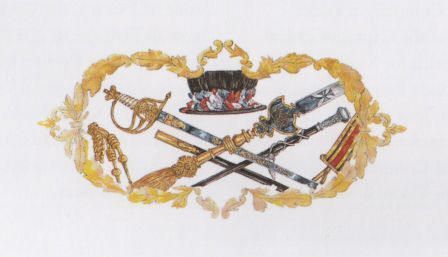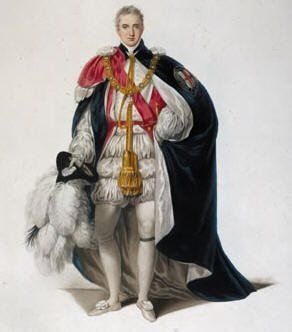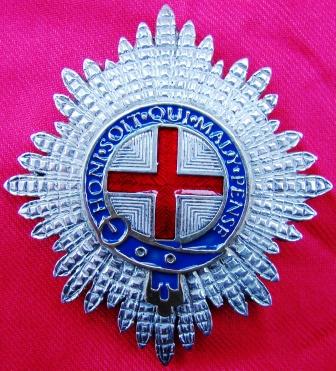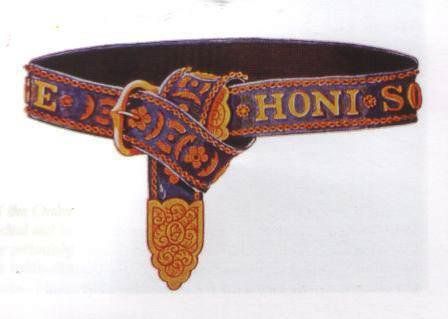Founded in 1348, The Order of the Garter is the most senior and the oldest British Order of Chivalry and is said to have been inspired by an incident that happened whilst King Edward III danced with Joan, Countess of Salisbury. The Countess's garter fell to the floor and after the King retrieved it he tied it to his own left leg. Those watching this were apparently amused, but the King admonished them saying, 'Honi soit qui mal y pense' (Shame on him who thinks this evil). This then became the motto of the Order.
Modern scholars think it is more likely that the Order was inspired by the strap used to attach pieces of armour, and that the motto could well have referred to critics of Edward's claim to the throne of France. The Order, consisting of the King and twenty-five knights, was intended by Edward III to be reserved as the highest reward for loyalty and for military merit.
The patron saint of the Order is St George (patron saint of soldiers and also of England) and the spiritual home of the Order is St George's Chapel, Windsor. Every knight is required to display a banner of his arms in the Chapel, together with a helmet, a crest, a sword and an enamelled stall-plate (Coat of Arms).
These 'achievements' are taken down on the knight's death (and the insignia are returned to the Sovereign), but the stall-plates remain as a memorial and these now constitute one of the finest collections of heraldry in the world.









